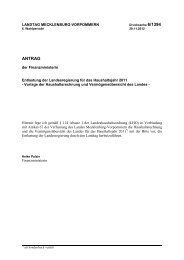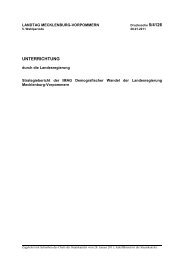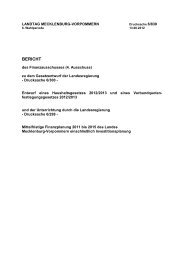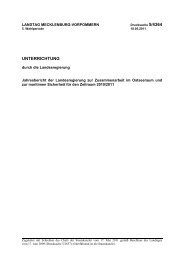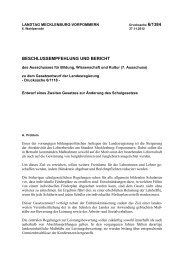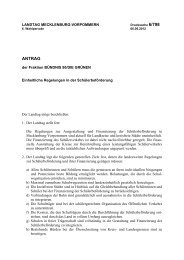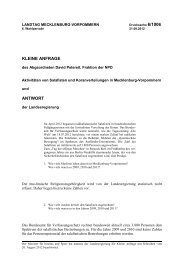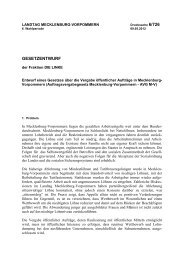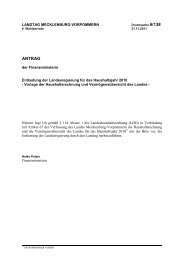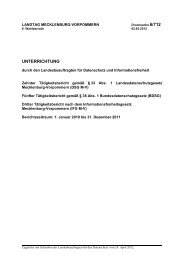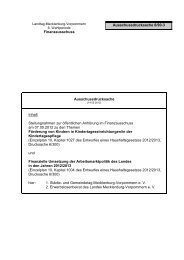Baltic Rim Economies - Baltic Port List
Baltic Rim Economies - Baltic Port List
Baltic Rim Economies - Baltic Port List
You also want an ePaper? Increase the reach of your titles
YUMPU automatically turns print PDFs into web optimized ePapers that Google loves.
Expert article 864 <strong>Baltic</strong> <strong>Rim</strong> <strong>Economies</strong>, 21.12.2011 Quarterly Review 5�2011<br />
The <strong>Baltic</strong> Sea and the Arctic will increase their importance in the energy<br />
security for the European Union<br />
By Jorma Korhonen<br />
Energy issues continue to dominate world headlines. The oil<br />
market, the future of nuclear power, the rapidly changing gas<br />
market, major increase in renewable energy production and<br />
environmental concerns are shaping energy and climate<br />
policies. In the <strong>Baltic</strong> Sea Region, at issue are how best to<br />
maintain and develop reliable as well as economically and<br />
environmentally sustainable energy systems.<br />
With the Nord Stream gas pipeline, about one third (55<br />
billion m3) of gas imports to EU come through the <strong>Baltic</strong> Sea.<br />
The fast growing oil deliveries through Russian ports is<br />
estimated to increase Russian oil transport through the <strong>Baltic</strong><br />
Sea to approximately 230 million tons by 2015. That<br />
corresponds to almost half of current Russian oil production.<br />
As maritime transport and petroleum shipping in particular,<br />
continue their dramatic increase in the <strong>Baltic</strong> Sea, we must<br />
confront the ensuing huge environmental risks.<br />
Russia is the EU’s most important energy supplier, and<br />
companies in the EU are Russia’s key foreign investors, the<br />
Finnish company Fortum being a major example. Some have<br />
expressed concern regarding how energy security might be<br />
affected by dependence on energy from Russia. Russia’s<br />
share is 36% of the EU’s gas imports, as well as 31% of oil<br />
imports and 30% of coal imports. According to the latest World<br />
Energy Outlook by the International Energy Agency, the EU<br />
accounted for 61% of Russia’s fossil fuel exports in 2010.<br />
However, the IEA predicts that in a longer term an increasing<br />
share of Russian energy exports go eastward to Asia.<br />
Instead of dependence, we should recognize our mutually<br />
beneficial interdependence, which will grow as the EU’s own<br />
oil and gas production diminishes. The EU and Russia are<br />
closely interconnected through a dense energy network,<br />
notably concerning oil and gas. Although both sides will<br />
continue their diversification policy, this requires close<br />
cooperation on existing and new infrastructure. This should be<br />
done through a strong legal framework for cross-border<br />
investments in joint projects. The EU and Russia need to<br />
agree on a legally binding framework for energy trade and<br />
investments. The WTO membership of Russia is welcome<br />
news for over-all economic relations with the country.<br />
Substantial energy-related provisions to be negotiated under a<br />
new basic agreement between the EU and Russia would give<br />
further predictability in the energy sector.<br />
As anti-nuclear concern spreads in Euroope after the<br />
Fukushima disaster, the gradual shutdown of all nuclear power<br />
plants in Germany will have important effects on Europe’s<br />
climate change ambitions as well as on the supply and price of<br />
energy. This being said, the countries around the <strong>Baltic</strong> Sea<br />
have ambitious plans to increase nuclear energy capacity.<br />
Russia is building four reactors in the Leningrad region and<br />
planning two reactors for Kaliningrad. Finland should have one<br />
new reactor ready in 2013/2014 and two others by around<br />
2020. Sweden has made a decision in principle to grant<br />
permission to replace their 10 reactors with new, and probably<br />
higher capacity reactors. Lithuania is planning to replace the<br />
recently closed Ignalina NPP with a new one to be built in<br />
Visaginas. Poland has plans for at least two NPP’s.<br />
Shale gas is a game-changer in the United States, and<br />
may well prove to be the same in regions of north-west<br />
Europe. Recent explorations of shale gas in Poland could<br />
result in production by 2014, with estimated reserves lasting<br />
Poland for 300 years. Poland, now a gas importer, would<br />
become a gas exporter. With increased exports of liquefied<br />
natural gas (LNG), the world is no longer dominated by<br />
pipeline gas only.<br />
13<br />
Recent oil and gas explorations in the Arctic, especially in<br />
Norway, are very promising. The agreement of the delimitation<br />
of the Barents Sea between Norway and Russia opens a vast<br />
territory for further exploration. In addition, the known large<br />
reserves in north-west Russia will increase the importance of<br />
north-west Europe in the energy supply for the EU. Some<br />
Arctic oil and gas resources might eventually be exported<br />
through the <strong>Baltic</strong> Sea. According to the IEA report, Russia will<br />
push gas output in the Barents Sea and Yamal Peninsula, at<br />
least in the longer term, to help to compensate for expected<br />
declines elsewhere in Western Siberia. Oil resources in the<br />
same areas also look very promising.<br />
The EU regional initiative <strong>Baltic</strong> Energy Market<br />
Interconnection Plan (BEMIP) has already produced concrete<br />
plans and projects to connect the electricity networks of the<br />
three <strong>Baltic</strong> States to neighbouring EU countries. These<br />
interconnections have been partially financed through the<br />
European Energy Programmed for Recovery and new<br />
financing methods are under active consideration. BEMIP is<br />
also considering the merits of a joint LNG gas terminal in one<br />
of the <strong>Baltic</strong> countries, as well as plans for the new NPP in<br />
Visaginas in Lithuania, possibly as a joint project of the<br />
Estonia, Latvia, Lithuania and Poland.<br />
The establishment of these interconnections will<br />
consolidate the infrastructure for the internal energy market of<br />
the European Union in the <strong>Baltic</strong> Sea region. This is an<br />
important step for further development of EU’s external energy<br />
relations, enhancing the ability of the EU to “speak with one<br />
voice” with external energy partners.<br />
The EU and its member states have ambitious plans to<br />
increase renewable energy. This means increased domestic<br />
energy production, be it hydro, wind, wood, biogas or other<br />
biofuels. Here as well, north-western Europe is well placed due<br />
to its natural resources.<br />
The production, transport and use of energy in north-west<br />
Europe will increase considerably. In view of the EU’s growing<br />
need for energy coupled with the decrease of indigenous<br />
energy production elsewhere in the EU, the importance of<br />
energy issues in the <strong>Baltic</strong> Sea Region are assured to remain<br />
in tomorrow’s headlines.<br />
Jorma Korhonen<br />
Director-General<br />
Department of External<br />
Economic Relations<br />
Ministry for Foreign Affairs<br />
Finland<br />
� Pan-European Institute � To receive a free copy please register at www.tse.fi/pei �



